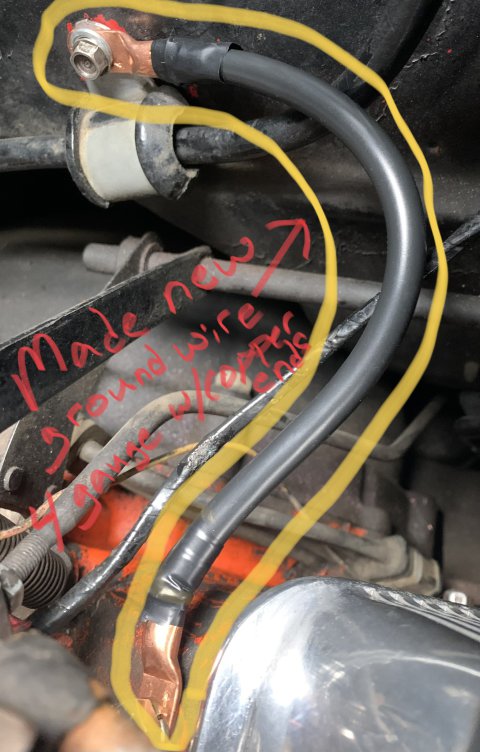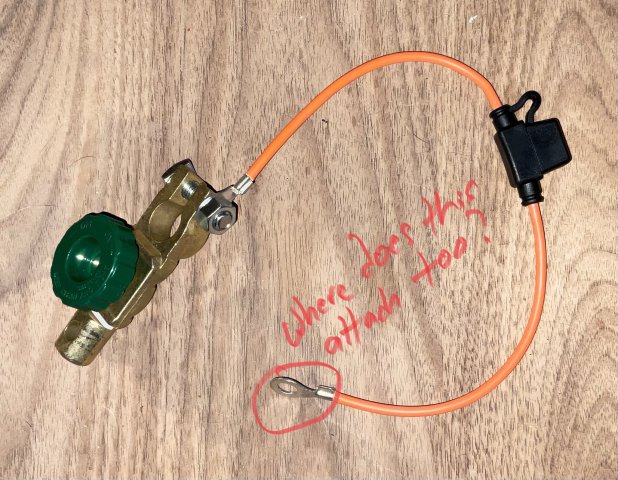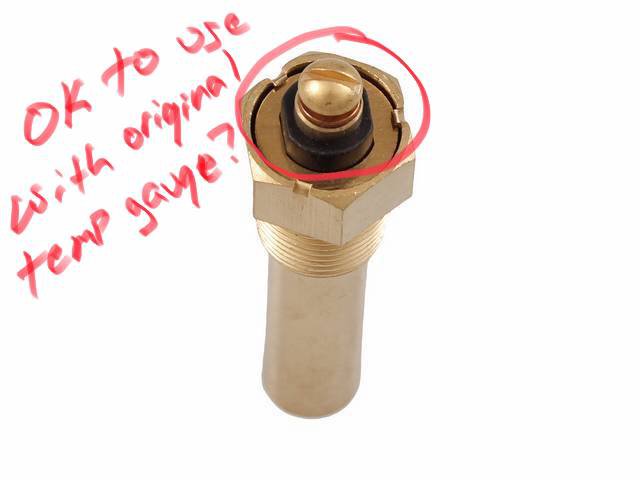- Last seen
- Joined
- May 1, 2020
- Thunderbird Year
- 1955
I have been following this post and a few comments that I have regarding positive ground 6 volt system. I have maintained the original 6 volt system running off a optima 6 volt battery and had problems with starting following a warm engine shut down. I changed the cables to custom larger diameter to eliminate that being a culprit. I still experienced the same issue. I then implemented a two optima battery configuration which I had found from research and the starting issue resolved itself immediately. Aside from having to charge the second battery when it drains too low my success with the optima batteries has not been favorable. I am now replacing for the third time a new battery just since last May that has gone bad. The one prior had failed but I don’t know how old that one was maybe a year to two years?
My concern is if the engine compartment is just too hot for the location of the batteries does this impact the longevity of the batteries? Aside from the obvious concern for explosion as noted here in this topic my desire is safety vs authenticity. Would this situation be improved by locating the battery or in my case batteries to the Trunk and removing the heat Factor all together?
I have read that others have experienced issues with Red top 6 volts recently but this seems out of the ordinary.
Thanks for any recommendations or comments.
Martin
My concern is if the engine compartment is just too hot for the location of the batteries does this impact the longevity of the batteries? Aside from the obvious concern for explosion as noted here in this topic my desire is safety vs authenticity. Would this situation be improved by locating the battery or in my case batteries to the Trunk and removing the heat Factor all together?
I have read that others have experienced issues with Red top 6 volts recently but this seems out of the ordinary.
Thanks for any recommendations or comments.
Martin





